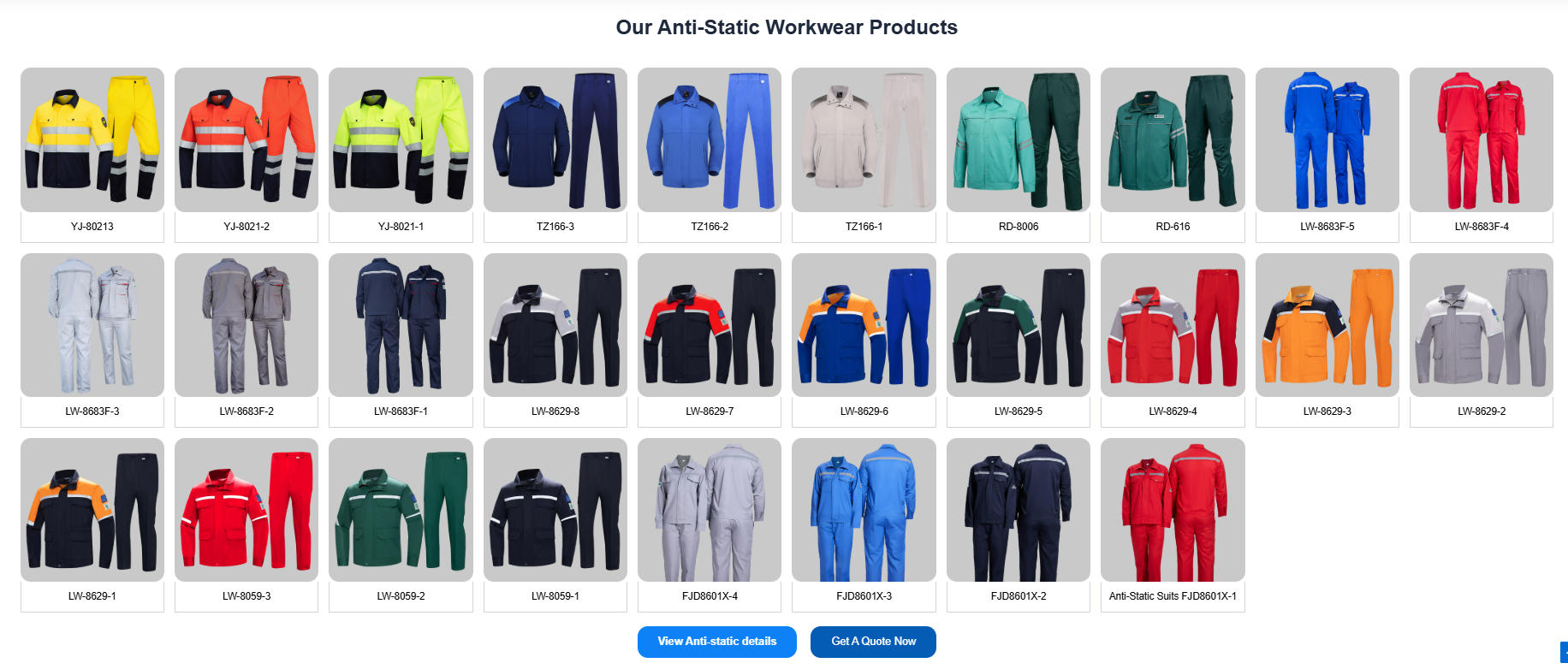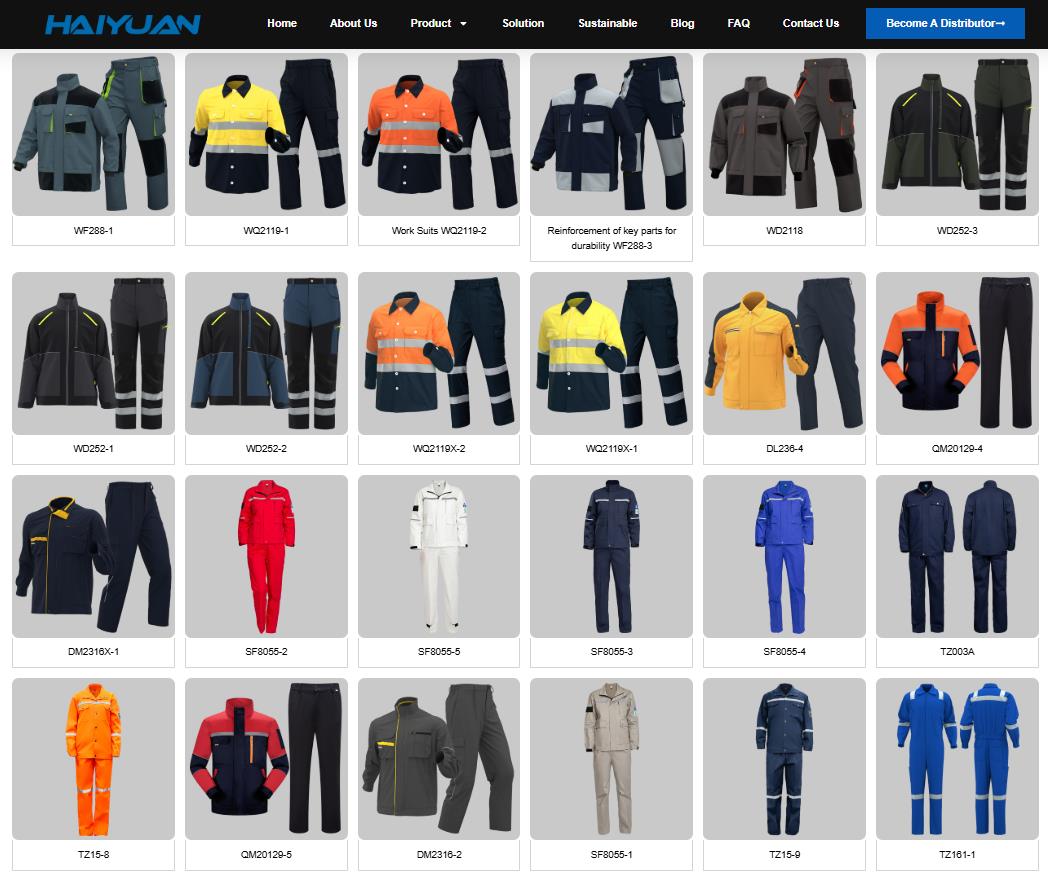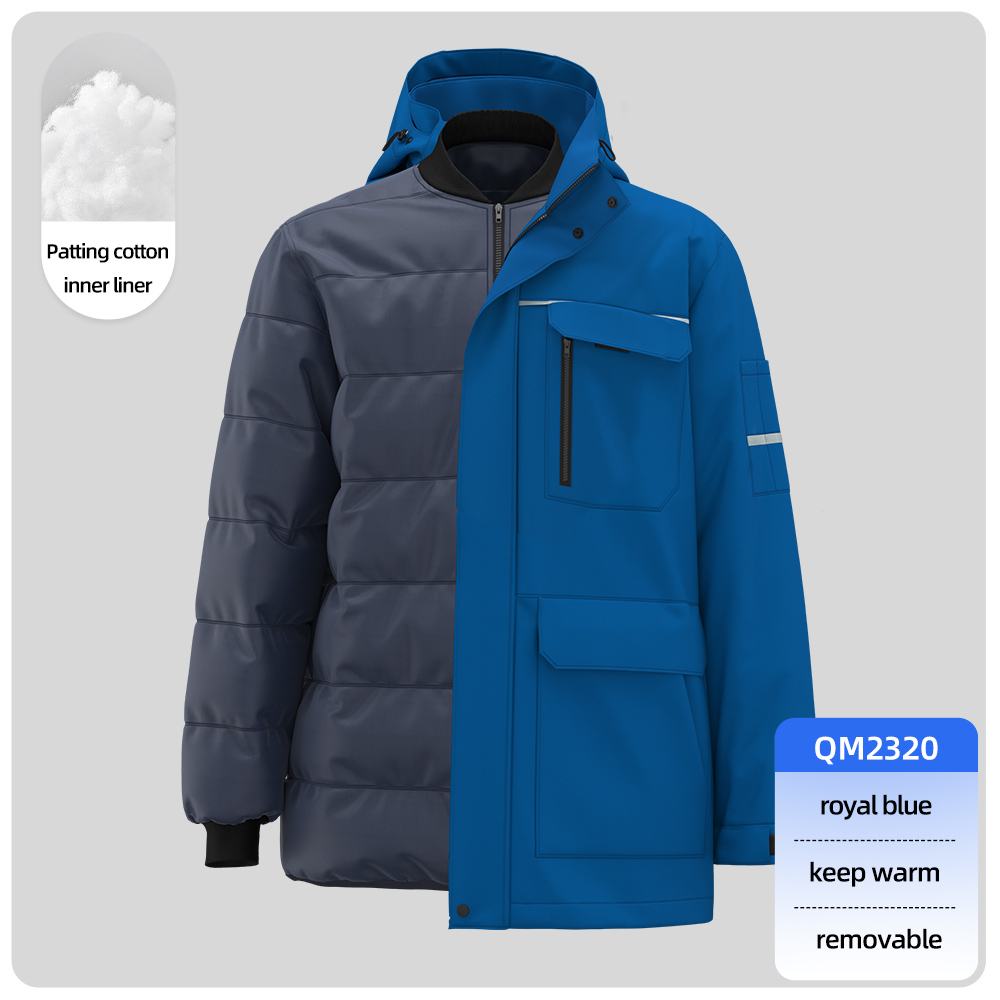In the oil and gas industry, the priority of protective clothing follows a specific hazard hierarchy: first, prevent ignition; then, protect the worker if an ignition occurs. This is why Electrostatic Discharge (ESD) protection is the non-negotiable first line of defense, followed by Flame Resistance (FR). This guide will explain the “why” and provide an overview of key brands and standards, including specialized manufacturers like Shijiazhuang Haiyuan Labor Protective Supplies Co., Ltd.
1. The Critical Order of Protection: Why ESD Comes First
-
Primary Hazard – Static Ignition: The omnipresent risk in environments with flammable vapors, gases, and dust (e.g., refineries, drilling sites, chemical plants) is a static spark. A simple static discharge from a worker’s clothing can provide the ignition source for a catastrophic fire or explosion.
-
Solution – ESD/Static Control Garments: Clothing is engineered with inherently conductive fibers (like carbon or metal threads) woven into the fabric. This creates a continuous path for static electricity to dissipate safely to the ground, preventing a build-up of charge that could lead to a spark.
-
Secondary Hazard – Flash Fire/Arc Flash: If an ignition does occur, the worker must be protected from severe burns.
-
Solution – FR (Flame-Resistant) Garments: FR fabrics are designed to self-extinguish once the ignition source is removed. They resist burning, char instead of melting, and provide crucial extra seconds for a worker to escape, significantly reducing burn injury severity.
The gold standard is clothing that combines both functions: ESD-safe and Flame-Resistant.
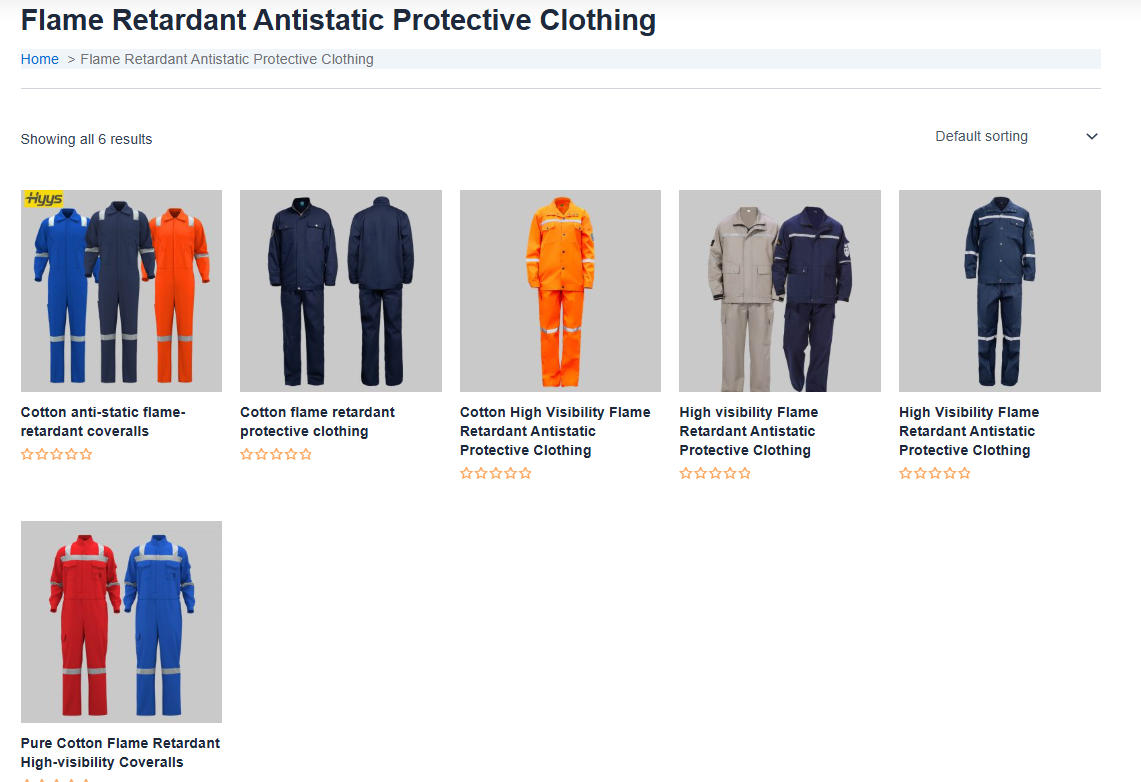
2. Key Standards to Look For
When selecting workwear, the garment’s permanent label must certify compliance with these standards:
-
For ESD/Static Control:
-
EN 1149-5 (European Standard): This is a crucial standard for electrostatic properties. It specifies the requirements for materials to dissipate static charge to avoid incendiary discharges.
-
ASTM F1506 (Standard Performance Specification for Flame Resistant and Arc Rated Textile Materials for Wearing Apparel for Use by Electrical Workers): While an FR standard, it also includes requirements for surface resistivity, ensuring the garment controls static electricity.
-
API RP 2003 (American Petroleum Institute): This recommended practice specifically addresses protection against ignitions arising from static electricity in the petroleum industry.
-
-
For Flame Resistance:
-
NFPA 2112 (Standard on Flame-Resistant Garments for Protection of Industrial Personnel Against Short-Duration Thermal Exposures from Fire): The primary standard for flash fire protection in oil and gas.
-
NFPA 70E (Standard for Electrical Safety in the Workplace): Focuses on protection from arc flash hazards, which is also a risk in facilities with high-energy electrical equipment.
-
EN ISO 11612 (International Standard): Protects against heat and flame.
-
3. Reputable Brands and Manufacturers for ESD & FR Workwear
Many major brands offer product lines that integrate both ESD and FR properties. Here are some of the key players:
1. International Giants (Comprehensive FR & ESD Solutions):
-
Carhartt FR: Offers a range of durable FR garments, many of which are also tested and certified for static dissipation. Look for their ESD-specific labels.
-
Ariat FR: Known for comfort and innovation, their FR lines often include ESD-safe options, particularly in shirts and pants.
-
Bulwark FR / Workrite FR: These two leaders in the FR space have extensive collections that meet ESD standards. They are a primary supplier for many major energy companies and offer garments explicitly designed for the petrochemical industry’s dual hazards.
-
Tyndale Company: A major supplier that specializes in corporate FR programs. They provide a vast array of ESD-compliant FR clothing, including popular styles like polo shirts and denim.
2. Specialized Manufacturers/Suppliers:
-
Lakeland Industries: A global manufacturer of industrial protective clothing. They offer a wide range of ESD/FR coveralls, jackets, and pants designed for the petrochemical and pharmaceutical industries.
-
Dräger: Known for high-end technical safety, their protective clothing lines are engineered to protect against multiple risks, including static discharge and flash fires.
-
Simon Safety (Simon Italia): A specialist in high-performance ESD and FR workwear, particularly known for their advanced fabrics that offer both protection and exceptional comfort.
4. Example from a Specialized Producer: Shijiazhuang Haiyuan
As you correctly pointed out, companies like Shijiazhuang Haiyuan Labor Protective Supplies Co., Ltd. are excellent examples of manufacturers that understand this specific need. They produce:
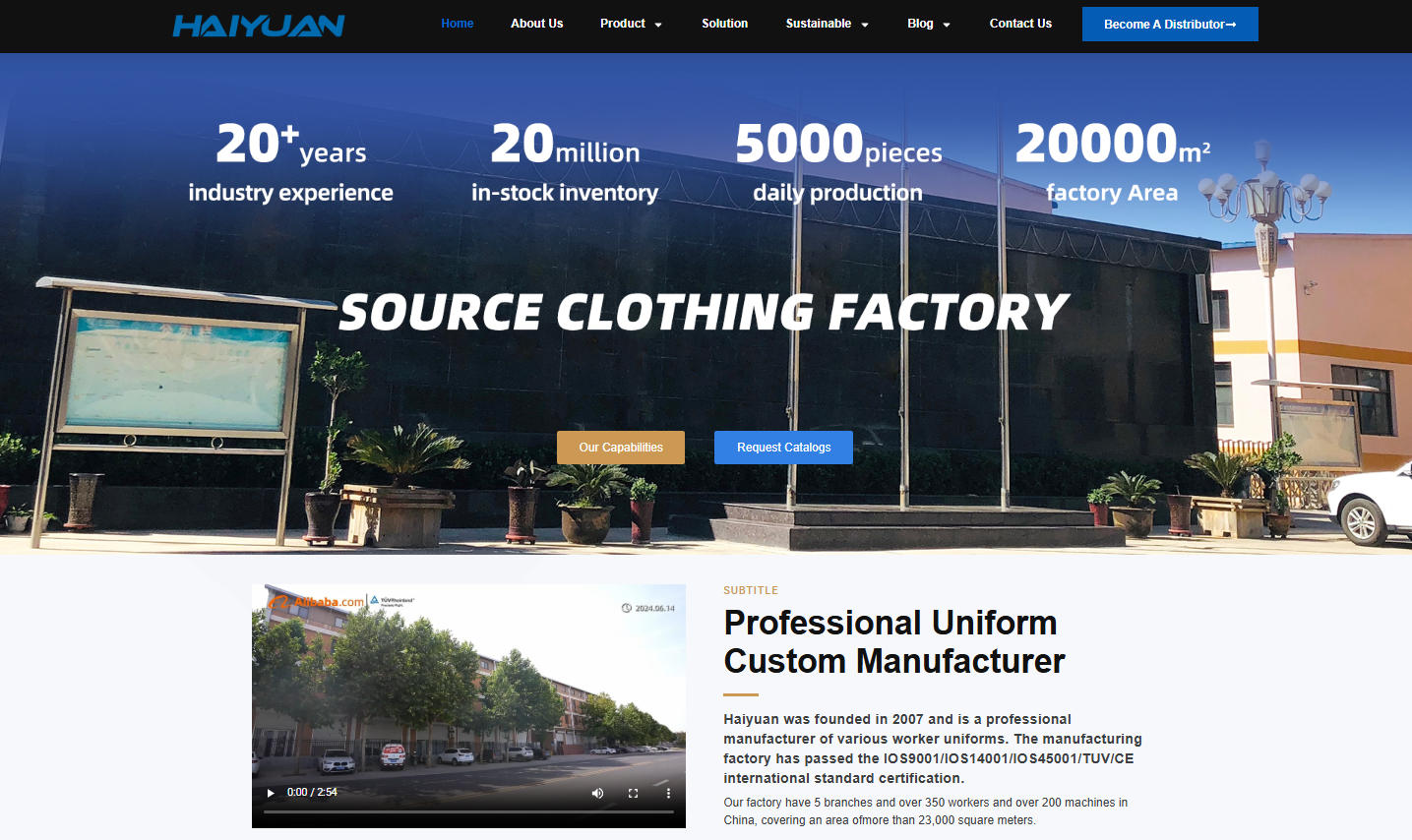
-
FR Anti-Static Workwear: This is the ideal combination for the oil industry. Their products are likely designed to meet standards like EN 1149-5 for static dissipation and EN ISO 11612 or NFPA 2112 for flame resistance.
-
Anti-Static Workwear (without FR): These are used in specific areas of the industry where the primary hazard is static discharge but the risk of a flash fire is controlled to a very low level (e.g., some laboratory or controlled environments). However, the industry trend is overwhelmingly toward combined ESD/FR garments for maximum safety.
Purchasing Guide: What to Specify
When ordering or selecting your work clothes, always:
-
Identify the Hazard: Confirm the specific risks (static, flash fire, arc flash, chemicals).
-
Demand Certification: Insist on seeing the certification labels (EN 1149-5, NFPA 2112, etc.) for the specific hazards present.
-
Choose the Right Material: Look for garments made from inherent FR fabrics (like modacrylic blends) that have conductive fibers woven in. The protection is permanent and won’t wash out.
-
Consider the Entire Ensemble: Protection includes shirts, pants, coveralls, and even base layers. Ensure your entire clothing system is compliant.
Conclusion:
In the oil and gas sector, your workwear is your most vital daily piece of PPE. Never compromise on ESD protection. The correct protocol is to first eliminate the ignition source with static-control clothing, and then provide a robust secondary defense with flame-resistant materials. Always procure garments from reputable brands or certified manufacturers that can provide proof of compliance with the stringent standards that govern your workplace.

